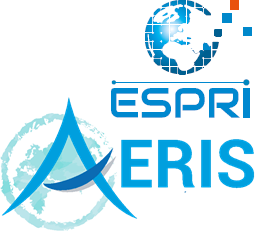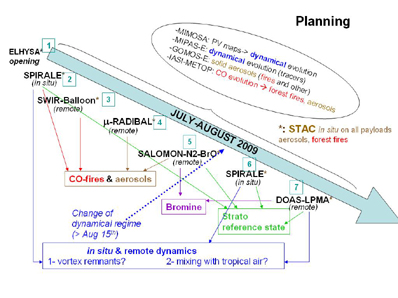
ESPRI Data Centre (former Ether)
ESPRI is a data centre of the French Atmosphere Infrastructure AERIS
ESPRI is a data centre of the French Atmosphere Infrastructure AERIS

.................................
Home
......................................
Workpackages
......................................
Partners
......................................
Instruments
......................................
Campaign
......................................
Access to data
......................................
Photo gallery
......................................
Bibliography
......................................
Contacts and links
.................................
Home
......................................
Workpackages
......................................
Partners
......................................
Instruments
......................................
Campaign
......................................
Access to data
......................................
Photo gallery
......................................
Bibliography
......................................
Contacts and links
.................................
StraPolEte : Campaign
From the 2th of August 2009 to the 16th of September 2009, eight Open Stratospheric Balloon flights were performed from Esrange launch base (Swedish Space Corporation) in Lapland (Sweden).
Balloon characteristics used during the campaign depend on the payloads and the scientific mission. Balloon volumes from 35 000 m3 to 400 000 m3 were used in order to carry scientific payloads from 90 kg to 500 kg up to 37 km. The campaign strategy and all flight profiles defined by the scientific teams as a function of the instrument characteristics and scientific issues in the project were achieved thanks to the CNES operational team from the "Sous-Direction Ballon". Seventeen persons from CNES staff were rallied including launchers, meteorologists, the telemetry and operation team during more than 7 weeks on the Esrange site.
Summary of the flights
All the involved instruments operated in a nominal way. More than 30 scientists from LPC2E, LPMAA, LOA, LATMOS, Heidelberg University, and CNES "Nacelles pointées" team were present during the campaign to prepare the payloads and operate during the flights. Long–lived species relevant for climate change were measured by SPIRALE (2 flights), SALOMON–N2, ELHYSA, SWIR–Ballon and LPMA to capture in detail the different dynamical conditions (summer circulation, turn around, and pre–vortex formation) appropriate for the Workpackage "Dynamics". The measurements from the microRadibal photopolarimeter, the STAC aerosol counter (8 flights) and the aerosol extinction spectral dependence from SALOMON–N2 will be used to characterize the stratospheric content of aerosols (nature, dimensional distribution) and its variability (Worpackage "Aerosols"). For the first time several measurements of BrO from various instruments (SALOMON–N2, DOAS, miniDOAS and OSKAR) will be compared in order to determine the bromine content of the stratosphere (Workpackage "Bromine"). All the measurements obtained will be used to establish the first reference state of the summer stratosphere from 9 km to 37 km in terms of reactive chemistry, tracer fields and aerosols (Workpackage "Reference state of the Polar summer Stratosphere"). During all the campaign, ozone and PTU soundings were performed using Vaisala probes.
Two years and 6 months will be necessary to analyze and interpret the data. Satellite measurements from MIPAS and GOMOS Envisat, MLS–Aura instruments will be collected to complete the database of the project. Several models will be used to investigate in details the processes occurring in the polar summer stratosphere.
Trajectories and flight profiles provided by CNES
All the scientists acknowledge the operational CNES Balloon team for their professionalism which contributes to the success of the campaign.
This campaign would not have been possible without the support of the "Agence Nationale de la Recherche" ANR (STRAPOLETE project ANR BLAN08–1_316271), the "Institut Polaire Paul Emile Victor" (IPEV), The ETHER database (Pôle thématique du CNES/INSU CNRS), and the "CNES sous-direction Ballon".
We particularly thank: P. Chadoutaud, C. Cazaux, A. Kleinert, A. Hauchecorne, F. Girod, C. Boone, M. Paulin, M.–A. Clair, T. Lam–Trong and C. Deniel.
The coordination team: N. Huret, G. Berthet, V. Catoire.



















